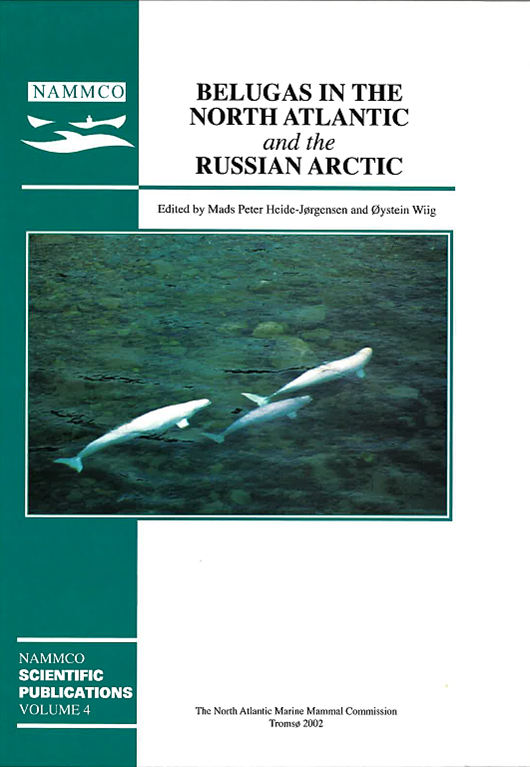An overview of genetic relationships of Canadian and adjacent populations of belugas (Delphinapterus leucas) with emphasis on Baffin Bay and Canadian eastern Arctic populations
DOI:
https://doi.org/10.7557/3.2835Keywords:
belugas, Delphinapterus leucas, genetics, Canada, Greenland, haplotype, microsatellitesAbstract
Our current knowledge of the molecular genetics of High Arctic beluga (Delphinapterus leucas) populations (West Greenland, Lancaster Sound/Barrow Strait, Grise Fiord) and populations that are related (southeast Baffin, Beaufort Sea), is presented. In general, genetic analyses confirm the designation of putative stocks and suggest the existence of more stocks than previously described. Comparisons based on mitochondrial DNA haplotypes show that West Greenland (1992) belugas were significantly differentiated from Lancaster Sound/Barrow Strait, Kimmirut, Iqaluit, and/or Pangnirtung but not from Grise Fiord. Grise Fiord haplotypes were not significantly differentiated from Lancaster Sound/Barrow Strait and not from southeast Baffin locations in some years. Lancaster Sound and southeast Baffin collections were not significantly differentiated from each other. These patterns existed for most years within locations, however a few yearly collections within major locations had different patterns. The collections that differed were small groups with few haplotypes, most likely relatives. Patterns in microsatellite differentiation were slightly different than those for haplotypes. This may be due to the fact that individuals in sampled summering populations breed with individuals in other populations during migration or in overwintering areas. West Greenland and Grise Fiord microsatellites were not significantly differentiated from each other. However, Greenland differed from Lancaster Sound and southeast Baffin Island, while Grise Fiord did not. In southeast Baffin Island, Pangnirtung samples differed from Kimmirut using both haplotypes and microsatellites. Iqaluit samples had intermediate genetic characteristics between Pangnirtung and Kimmirut. Patterns of significant differentiation among collections within locations was believed to be due to a combination of temporal patterns, sampling of relatives, chance, seasonal hunting, small sample sizes, and actual differences among populations.





